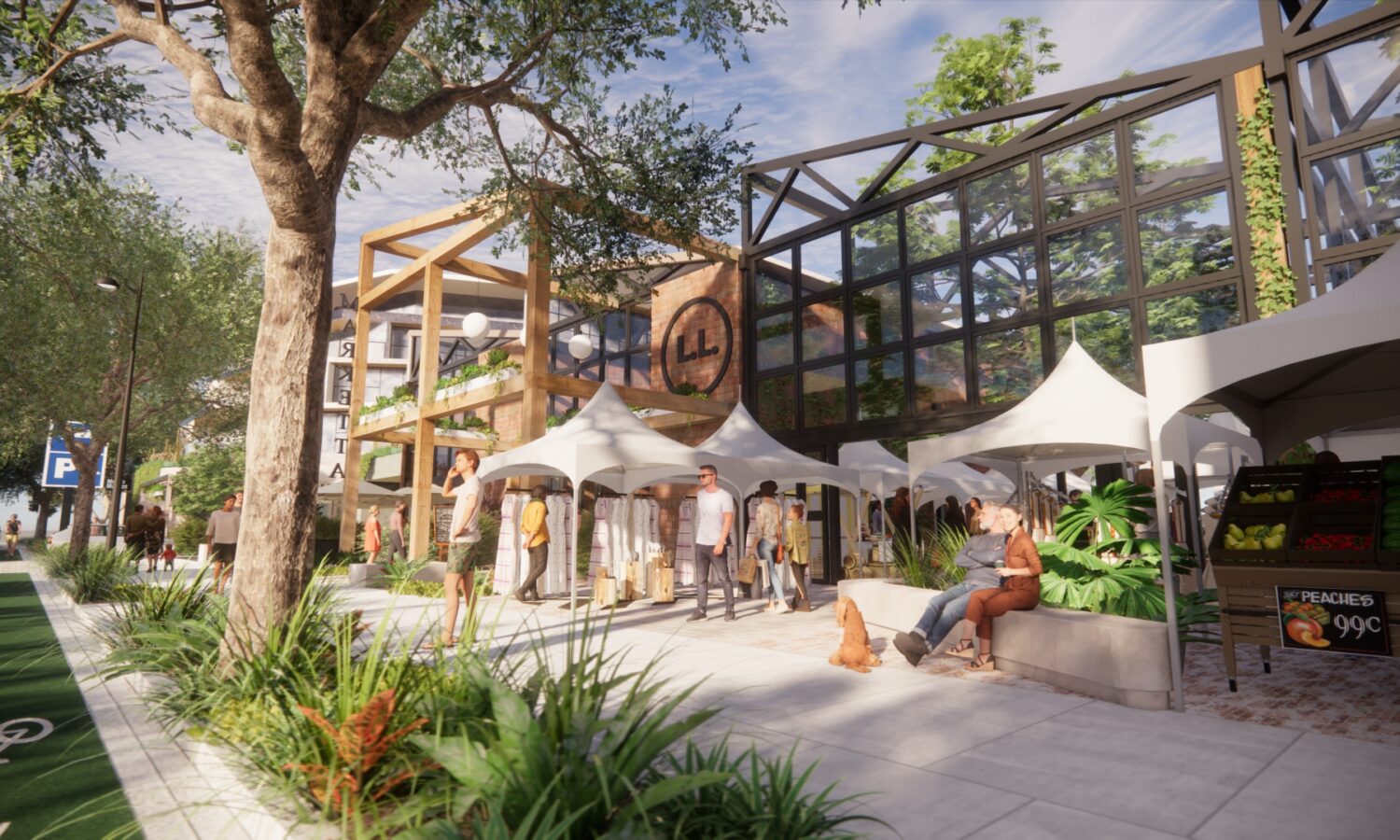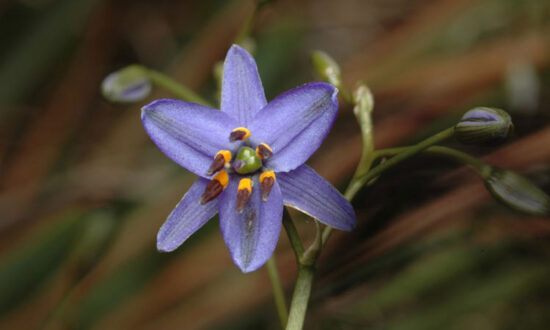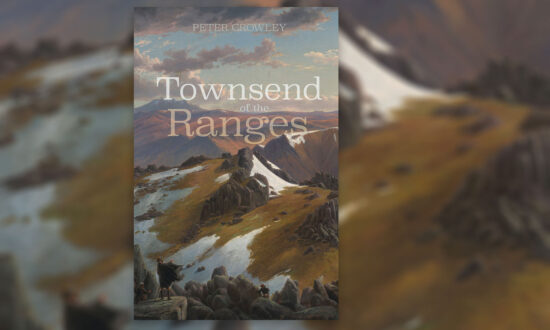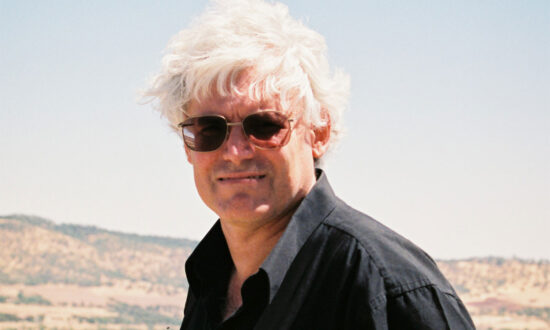Australia, as we are often told, is a country obsessed with real estate, therefore that topic dominates much of our daily conversation and media discourse.
Unfortunately, the majority of said conversations and discourse seems to consist of gossip (“oh, I heard a two-bedroom in [insert name] is now [insert cost]”), along with whingeing from those who can’t buy property in the inner-city, whining from those who can but who can’t understand why goods and services can’t remain cheap while their house triples in value, and/or “hot takes” from columnists serving as mouthpieces for property developers.
So, it was a refreshing change to read The Next Australian City – The Suburban Evolution, a collection of essays from 30 experts about suburbia in Australia – its history, the issues faced by suburbs and what future direction(s) suburbs might go in. Transport, planning, density, environment, infrastructure … all those sorts of things.
The experts who wrote these essays are mostly (though not entirely) academics in fields such as urban planning and economics, thus the book is mostly (though not entirely) written in an academic style. It’s a shame the prose couldn’t have been a little more accessible at times, because the essays are consistently interesting and deserve a wide readership as they touch on a subject that affects so many Australians.
After all, most of us live, and will continue to live, in the suburbs (eight in 10 Australians, according to this book) and it is what happens in the suburbs, rather than small towns, farms or the inner-city, that really shapes us as a nation.
The Next Australian City tackles big issue, important things. What should our suburbs contain? How should they be designed? How is each city different? Where should we put new houses, parks, hospitals, shops, roads, skyscrapers, infrastructure, school, garbage tips, massage parlours? What do we want the suburbs of our future to look like? How can we use our suburbs (if at all) to address things like climate change, social equity, productivity, the environment and social connection?

Get InReview in your inbox – free each Saturday. Local arts and culture – covered.
Thanks for signing up to the InReview newsletter.
I particularly appreciated how The Next Australian City devotes chapters to different cities – even Hobart and Darwin get a look in – and there’s a fascinating discussion on Canberra. I really enjoyed the historical summaries of suburban development in Australia (about which I confess I knew very little) – what suburbs were planned, which ones just sprouted, the different building materials used, the contrasting “ideals” they strove for, and so on.
The book also explores the impact of Covid, which so accelerated the process of people working at home, and its inevitable flow-on effect on the suburbs.
I realise people don’t like thinking about the future too much because we fear change, especially when it comes to climate. But the future is coming, whether we like it or not, and The Next Australian City will help us think about it in a more constructive way.
Brisbane writer Stephen Vagg is a script editor and writer on TV’s Neighbours.
The Next Australian City – The Suburban Evolution, edited by Guy Gibson and Ross Elliot, Connor Court Publishing, $39.95; connorcourtpublishing.com.au
Support local arts journalism
Your support will help us continue the important work of InReview in publishing free professional journalism that celebrates, interrogates and amplifies arts and culture in South Australia.
Donate Here




